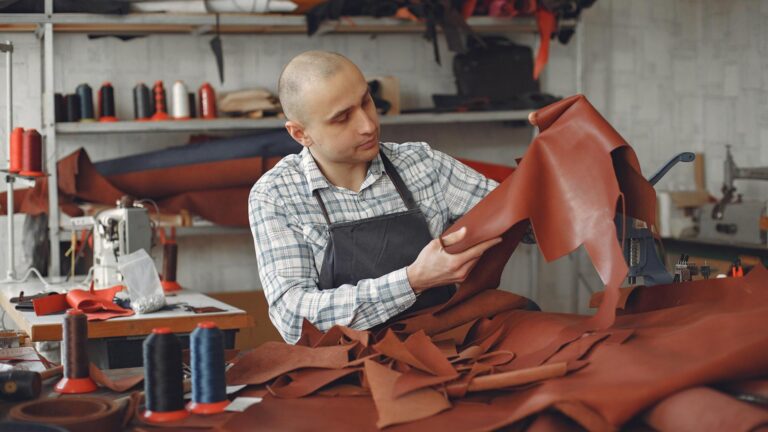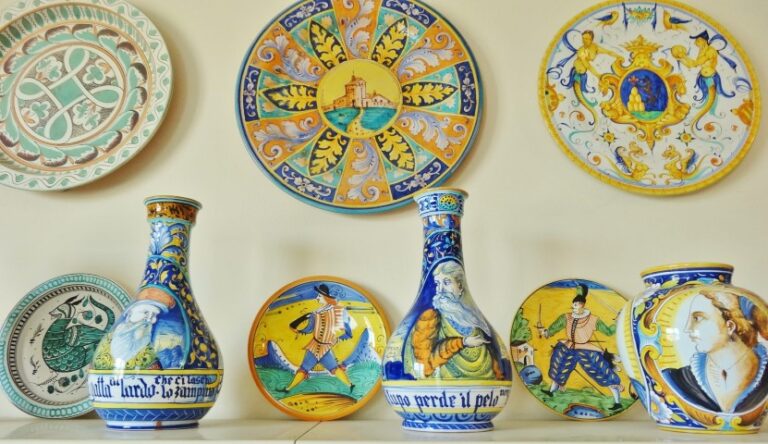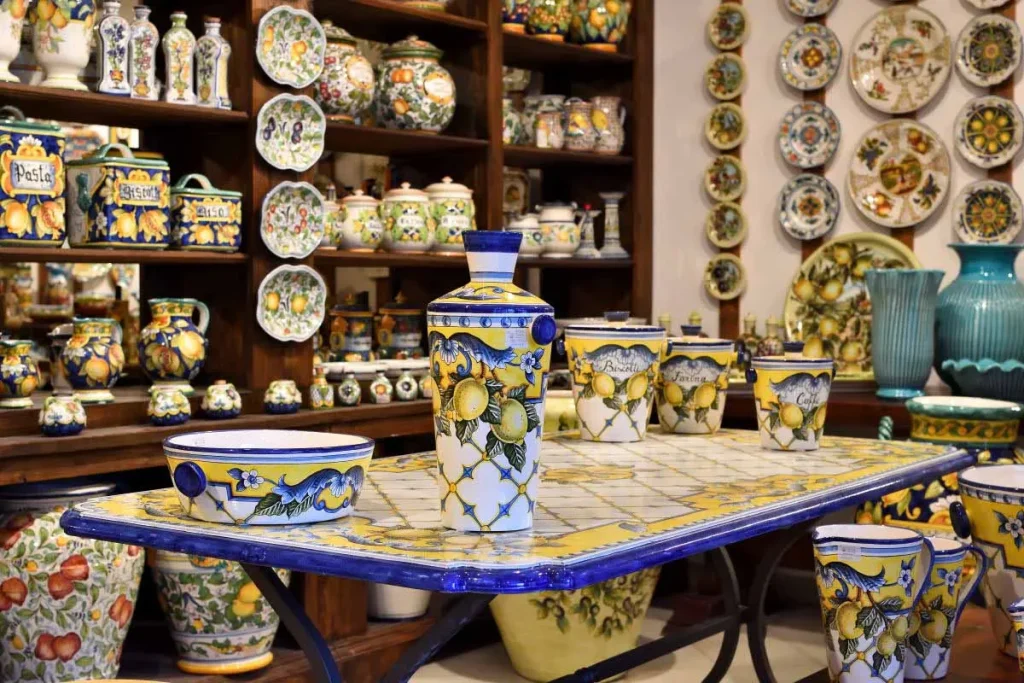
Montelupo Ceramics

Origins and Early Development (Late 13th – Early 14th Century)
First “Archaic Majolica”: Montelupine kilns began manufacturing decorated majolica in ramina and manganese by the late 13th century.
Technological and Formal Renewal: By the late 14th century, Montelupo introduced new whitish ceramic mixtures, enhancing bisque glazing and transitioning from green-brown colors to cobalt blue, with lead oxide added for a raised effect.
Expansion and Maturity (14th – 15th Century)
Migratory Flows: From the second half of the 14th century, Montelupo potters began migrating to cities like Florence, Pisa, Siena, and Rome, indicating productive maturity.
Global Recognition (1450-1530): Montelupo’s majolica was widely known and exported, supported by Florentine commissions from institutions like the Pharmacy of Santa Maria Novella and the Medici family.
Mid-16th Century and Compendiary Influence
Introduction of Compendiary Styles: Montelupo workshops were influenced by the “whites” from Faenza and Venetian majolica.
Market Challenges: Inflation led to new production trends focusing on engobed ceramics (under glaze, marbled, splattered) with lower production costs.
Decline and Revival (17th – 19th Century)
- Economic Crisis and Plague: The plague epidemic of 1630 and the economic crisis of 1618 nearly destroyed Montelupo’s ceramic enterprises.
- Evolution in Figurative Genre: The late 17th century saw the rise of historiato, including “harlequins” or “mastacci” with popular scenes on yellow backgrounds.
- Reduction to Tableware: By the 18th and 19th centuries, production was limited to tableware, with a revival in the 1840s by the Bardi furnace in Capraia.
20th Century to Present
- Revival by the Fanciullacci Family: In 1913, the Fanciullacci family revitalized majolica manufacturing in Montelupo.
- Consolidation and Growth: Between the World Wars and post-war reconstruction, Montelupo’s ceramic industry saw significant growth with new factories and increased production.
Modern-Day Montelupo Fiorentino
- Current Status: Montelupo Fiorentino is a major Italian ceramic hub, producing raw materials, traditional and contemporary ceramics, tiles, and terracotta.
- Geographical Advantage: Its central location in Tuscany near major cities like Florence, Pisa, Siena, Volterra, and San Gimignano facilitates development and trade.


Cultural Heritage and Institutions
- Surviving Traditions: Unlike other ancient ceramic cities, Montelupo preserves all aspects of its ceramic tradition.
- Cultural Institutions: The Ceramics Museum and Archaeological Museum, along with various associations, promote cultural enhancement and historical research related to ceramics.

